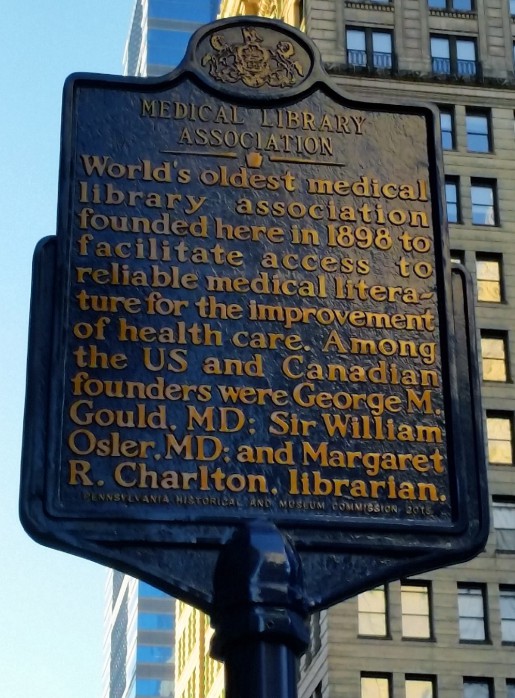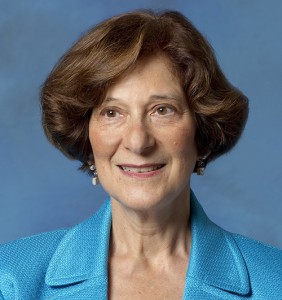Systematic reviews are time- and labor-intensive to produce. Even if the authors start with a PRISMA (Preferred Reporting Items for Systematic Reviews and Meta-Analyses)1 compliant protocol, and knowledge of current standards for producing systematic reviews,2 over the course of the project circumstances may lead to cutting corners in the review methods. The questions then are “Did I write a systematic review?” and “Have I met the standards to publish it as a systematic review?” To answer these questions, apply a tool for critical appraisal of systematic reviews to your article.
AMSTAR (A Measurement Tool to Assess Systematic Reviews)3 is a widely-used 11-item checklist for critically appraising systematic reviews. Potential for bias is considered as well as quality factors. A newer instrument, ROBIS (Risk of Bias in Systematic Reviews),4 focuses only on assessing risk of bias in systematic reviews. Risk of bias is assessed in four domains—study eligibility for inclusion, identification and selection of studies for inclusion, data collection and study appraisal, and synthesis and findings—along with the overall risk of bias.
If your assessment reveals a significant risk of bias in your methods, you may want to consider publishing it as a review article rather than a systematic review, or investing more time in your review to raise its quality. If you decide to publish it as a review, state this clearly in your article. You may still include elements associated with systematic reviews in your article, such as the search strategy used, tables summarizing the included articles and a PRISMA flowchart of the process, but be sure to indicate that you have produced a review article incorporating some systematic review methods into the process. This will save you from having to explain to a peer reviewer what type of article you have written.
For more assistance on publication standards and systematic reviews, please contact the HSLS Main desk at 412-648-8866 or Ask a Librarian.
References are available upon request by sending an e-mail to Barbara Folb.
~Barbara Folb





